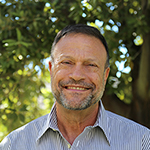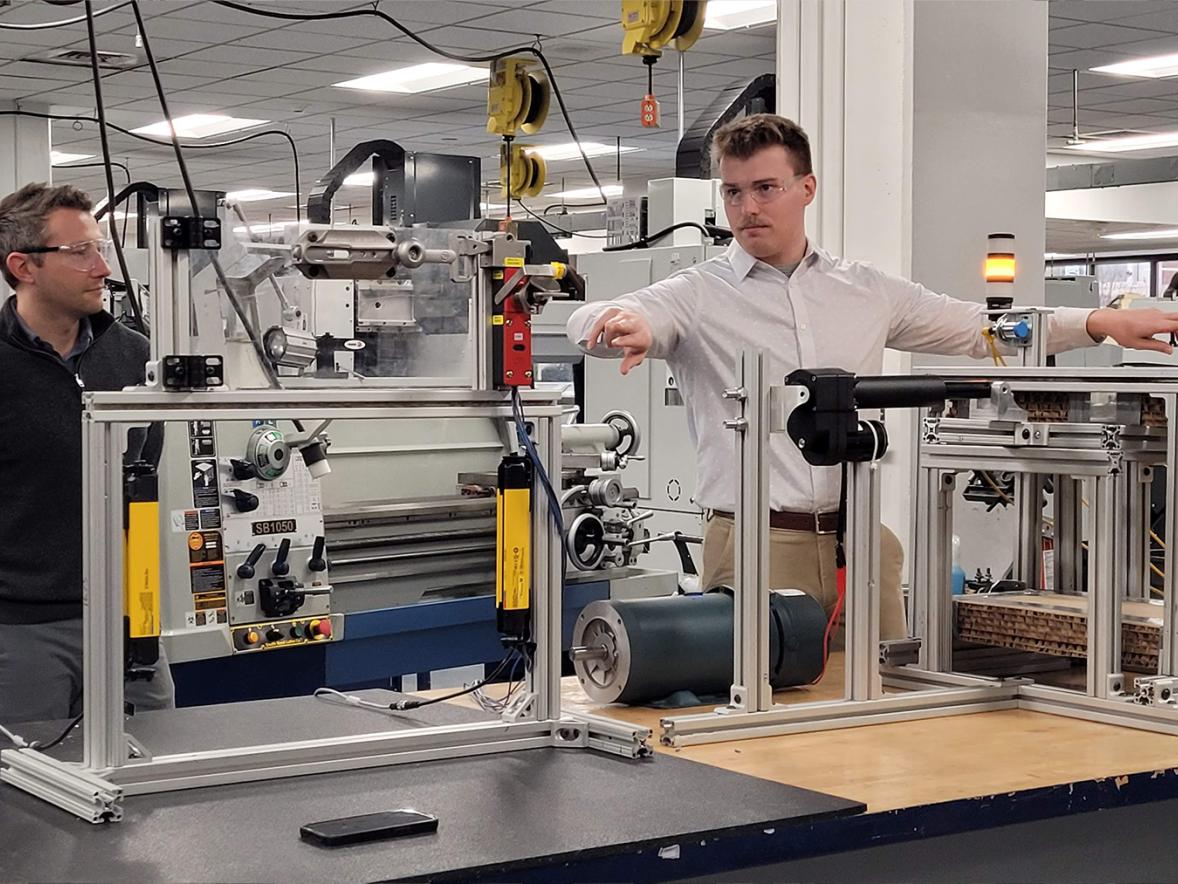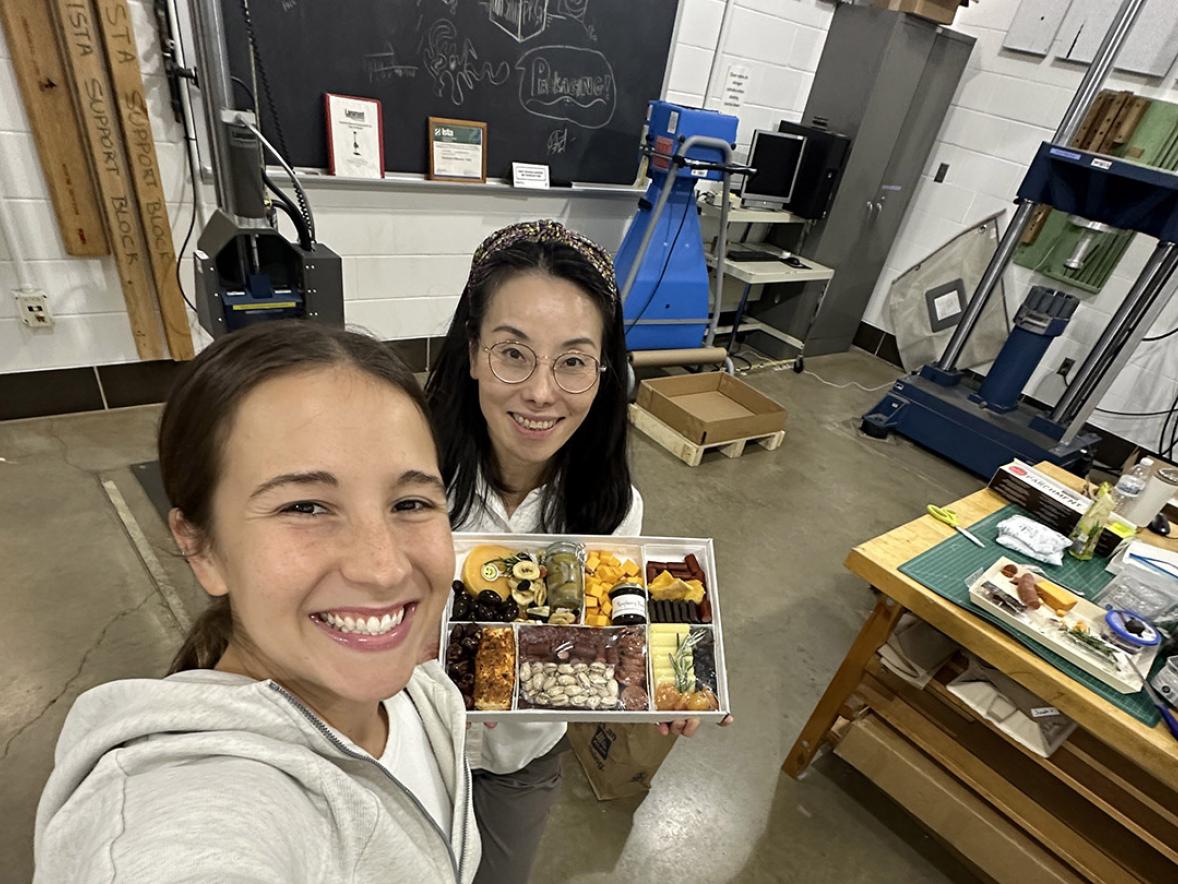All pain is real.
Emotions drive the experience of chronic pain, said Dr. Mel Pohl, chief medical officer of the Las Vegas Recovery Center, one of only a few treatment centers in the country that focuses on the physical, emotional and spiritual problems of those living with chronic pain.
Despite the growing trend of prescribing opioids for chronic pain, that is not the answer, said Pohl said, a distinguished fellow of the American Board of Addiction Medicine.
 “Opioids often make the pain worse,” said Pohl, a nationally recognized speaker on pain. “Opioids cause inflammation in the brain in a region that elevates pain levels. They seem to work pretty well, and then they backfire.”
“Opioids often make the pain worse,” said Pohl, a nationally recognized speaker on pain. “Opioids cause inflammation in the brain in a region that elevates pain levels. They seem to work pretty well, and then they backfire.”
Pohl spoke at the 35th annual National Rural Institute on Alcohol and Drug Abuse at UW-Stout that began June 23 and ended Thursday, June 27.
The conference provides training for professionals in addiction prevention, treatment and recovery to improve rural services. Other topics at the conference included yoga for addiction and recovery, cannabinoids, posttraumatic stress and healing and the role of spirituality in recovery.
For those first using opioids, if they are on the drugs 10 days they are 21% more likely to be on them in a year, Pohl said. For those taking opioids for 30 days, they are 22% more likely to still be on the drugs in three years.
With increased use, opioid deaths have surged. In 2016, about 42,200 overdose deaths were reported in the U.S.
In Wisconsin in 2017, there were 926 overdoses involving opioids. That was a rate of 16.9 deaths per 100,000 persons, higher than the national rate of 14.6 deaths per 100,000 persons, according to the National Institute on Drug Abuse.
Wisconsin providers in 2017 wrote 52.6 opioid prescriptions for every 100 persons, which was among the lowest prescribing rates in the country and less than the average rate of 58.7 prescriptions.
“The most important thing I do with a patient is to sit down and pay close attention to what they are saying,” Pohl said. “Instead of asking patients, ‘What is the matter?’ we should be asking them what matters to you. How is your life? Are you working? Do you sleep well? Do you have joy?”
Chronic pain is described as pain greater than six months, with depression, anxiety, fear and anger that restricts daily activities. It includes excessive use of medications and medical services and multiple nonproductive tests, treatment and surgeries with no clear relationship to an organic disorder.
Physician optimism and expectations influence outcomes with patients, Pohl said, encouraging professionals to be positive to make patients more resilient. “What we as clinicians tell people impacts their lives,” Pohl said.
Nonmedication treatments are used at the Las Vegas Recovery Center to treat pain, Pohl said. Chiropractic treatments, therapeutic massage, reiki therapy, hypnotherapy, individual and group therapy and stress reduction have been shown to help reduce pain.
Nutrition including staying hydrated and avoiding foods that cause inflammation, like sugar, can help reduce pain. Eating berries and cherries, drinking green tea and eating the spice turmeric can help reduce inflammation too, Pohl added.
Exercise, including physical therapy, can help reduce pain, Pohl said.
“Research confirms that drugs give the same benefits as yoga,” Pohl said.
Photo
Mel Pohl







